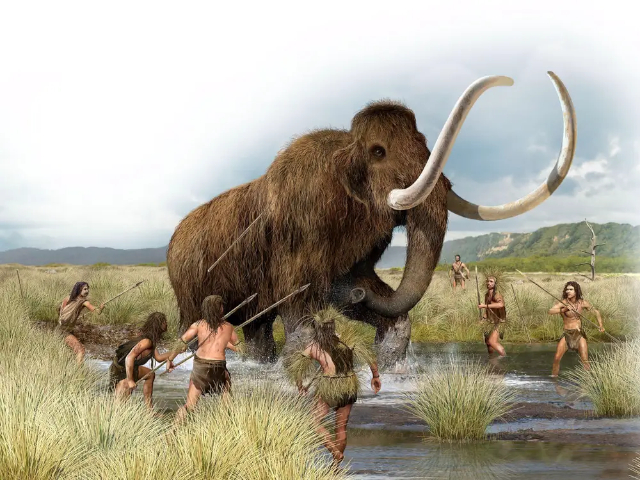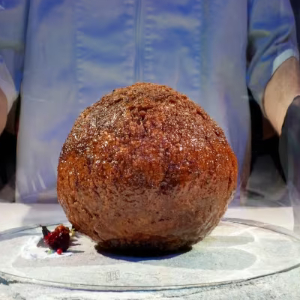It is admittedly a publicity stunt to raise awareness of ‘lab grown’ meat. But Australian startup Vow has unveiled a surprising, new ‘species’ of cultured meat. Alas, there are a number of points that make me question the veracity of the claim…
 The Great Woolly Mammoth: Last seen in the wild around the end of the last Ice Age…
The Great Woolly Mammoth: Last seen in the wild around the end of the last Ice Age…
A little history
The new ‘lab cultured’ meat is supposed to be Woolley Mammoth. You heard me. Now, I can accept that the Mammoth is a close relative of the modern Indian elephant. I also know that well-preserved mammoth remains have been found recently in the wilds of the Arctic Tundra. And scientists have said they were at least hopeful they could isolate viable DNA from them.
But I find it a stretch to accept that such a DNA breakthrough has been made, or that further experiments have been performed on it.
First, I’m confused as to why VOW would inject mammoth genes into sheep cells to create authentic lab-grown mammoth meat. Why not African Elephants? The opportunity to exploit the closeness of the two species has apparently been squandered. But always one who tries to extend others the benefit of the doubt, I can see why the Aus scientists would go ovine. Sheep make the nation run. And I’m reminded that the first successfully cloned modern species was the sheep. Remember Britain’s Dolly?
Anyway.
Muddled methodology
The next point I find contentious has to do with Vow’s alleged methodology. According to reporter Charlotte Van Campenhout:
“Since the mammoth’s DNA sequence obtained by Vow had a few gaps, African elephant DNA was inserted to complete it. […] Much like they do in the movie Jurassic Park“, James Ryall, Vow’s Chief Scientific Officer explained.” So why was the recombined DNA not inserted into elephant cells?
It’s kind of like the absurist aside in The Hitchhiker’s Guide To The Galaxy where Arthur Dent chortles something about, ‘the best-laid plans of mice and men’, and a nearby mouse responds, “Men? What do men have to do with it?” In this case, what do sheep have to do with it? I’m going to chalk up this incongruity to the reporter’s weak schooling in the STEM subjects.
Regardless of where the genetic splicing took place, Ryall is further quoted as telling Reuters, “When it comes to meat, myoglobin is responsible for the aroma, the color, and the taste.” He further reveals that his people only diddled with the myoglobin from the mammoth and not a more-complete mammoth DNA fragment. Why? – Again, why?
Now the big… Anticlimax
Now, after all that, how anticlimactic is it that Vow’s not letting anyone taste the new mammoth meat?
“Its protein is literally 4,000 years old. We haven’t seen [this] in a very long time. That means we want to put it through rigorous tests, something that we would do with any product we bring to the market,” Vow founder Tim Noakesmith said.
Just one more thing… I thought making lab-grown meat was a laborious and time consuming technology. That must be a 5 lb. / 2.2 kg meatball (see photo, top of page)! To make such a huge meatball that nobody’s even going to taste seems silly. Also a waste of resources. Again, no comment from Vow.
Okay. Sure. Fine.
Why create lab-grown mammoth meat now?
Vow founder Noakesmith says, “We wanted to create something that was totally different from anything you can get now.” An additional reason reason for choosing mammoth is that scientists believe the animal’s extinction was at least partly caused by climate change, at the end of the last Ice Age…
Oh! And I hasten to add that, Noakesmith swears up and down, the mammoth meat announcement was not a late April Fool’k joke.
~ Maggie J.

